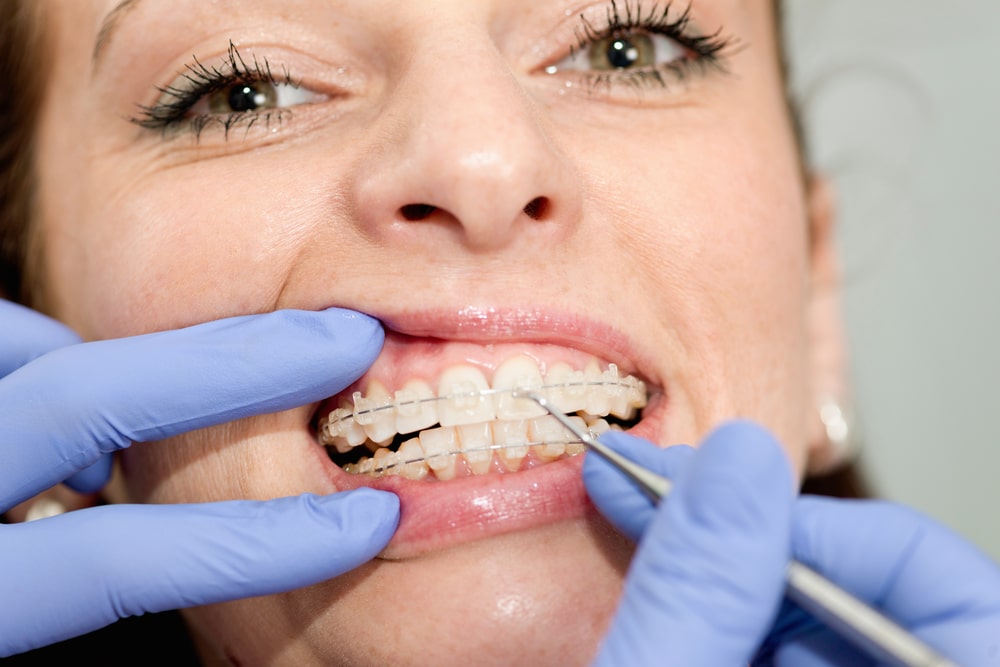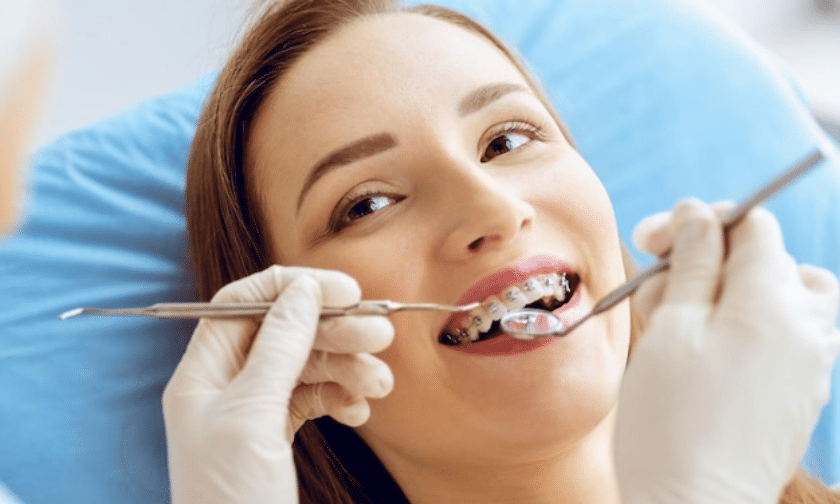More About Legacy Orthodontics
Table of Contents10 Simple Techniques For Legacy OrthodonticsThe Facts About Legacy Orthodontics RevealedOur Legacy Orthodontics IdeasThe Basic Principles Of Legacy Orthodontics The 15-Second Trick For Legacy Orthodontics
In enhancement, we use adjustable treatment routines, versatile repayment options and an enjoyable, pleasurable experience.An orthodontist is a dental expert trained to identify, avoid, and deal with teeth and jaw irregularities. They remedy existing conditions and are educated to recognize problems that might establish in the future. Orthodontists function with people of every ages, from kids to grownups. Individuals commonly associate a perfect smile with healthiness.
Malocclusion, or misaligned teeth, can cause oral concerns, including dental caries, periodontal condition, and difficult or unpleasant eating. But not everybody is birthed with straight teeth. If you have a poor bite or huge spaces in between your teeth, you might intend to consult a dental professional concentrating on orthodontic treatment.
The Only Guide for Legacy Orthodontics
( Picture Credit: DigitalVision/Getty Images) Orthodontists utilize dealt with and detachable dental tools, like braces, retainers, and bands, to transform the placement of teeth in your mouth. Orthodontic therapy is for oral problems, consisting of: Misaligned teethBite troubles, like an overbite or an underbiteCrowded teeth or teeth that are also much apartJaw misalignmentThe objective of orthodontic therapy is to enhance your bite.
While you might assume of orthodontists as mainly for children or young adults who need braces, they can fix dental issues at any age. Orthodontists go to university, oral school, and orthodontic school.
All orthodontists are dental experts, yet not all dental practitioners are orthodontists. Orthodontic residency programs offer extensive, concentrated direction for oral experts. They focus on two areas: How to appropriately and securely relocate teeth Exactly how to effectively lead growth in the teeth, jaw, and faceOnce an orthodontist has completed training, they have the choice to become board accredited.
Legacy Orthodontics - The Facts
Imbalance, or malocclusion, is the most common reason people see an orthodontist. It is genetic and is the outcome of size differences between the upper and reduced jaw or in between the jaw and teeth. Malocclusion brings about tooth congestion, an irregular jaw, or irregular bite patterns. Malocclusion is typically treated with: Your orthodontist affixes steel, ceramic, or plastic square bonds to your teeth.
If you have only small malocclusion, you might have the ability to utilize clear dental braces, called aligners, as opposed to typical braces (https://forums.hostsearch.com/member.php?268999-legacyortho). Some individuals need a headgear to aid move teeth into line with pressure from outside the mouth. After braces or aligners, you'll require to wear a retainer. A retainer is a personalized device that maintains your teeth in area.
They're most often utilized on youngsters. They can develop additional area in the mouth without having to pull teeth. If you have a serious underbite or overbite, you might require orthognathic surgery (also called orthodontic surgery) to lengthen or reduce your jaw. Orthodontists use cables, medical screws, or plates to sustain your jaw bone.
You might need to see an orthodontist if you have: Crowding or not enough space for every one of your teethOverbite, when your upper teeth come by your bottom teethUnderbite, when your bottom teeth are too much forwardSpacing or concerns with gapsCrossbite, which is when your top teeth fit behind your base teeth when your mouth is closedOpen bite or an upright space between your front bottom and upper teethMisplaced midline, when the facility of your base and upper teeth do not line up Fixing an oral malocclusion can: Make attacking, chewing, and speaking easierImprove the proportion of our face and your total appearanceEase pain from temporomandibular joint disordersDifferent your teeth and make them less complicated to clean up, helping avoid tooth decay or dental caries It's commonly a dental expert who initially notices misaligned teeth during a regular examination.
All About Legacy Orthodontics

Throughout your initial orthodontic assessment, you'll likely have: An oral examPhotos taken of your face and smileDental X-raysPanoramic (360 level) X-rays of your face and headImpressions to develop molds of your teethThese examinations will aid your orthodontist recognize exactly how to wage your therapy. leesburg clear braces. An orthodontist is a dental practitioner that's had training to treat your teeth and jaw
An orthodontist is focused on your bite, so something like a damaged tooth would be taken care of by a dental professional. Orthodontists are concentrated on your bite, or the way your teeth fit together, and the straightness of your teeth.
Ever before asked yourself exactly how celebrities constantly seem to have completely aligned teeth? Orthodontists are our website oral professionals that concentrate on correcting abnormalities in the teeth and jaws.
Legacy Orthodontics Can Be Fun For Everyone

While braces are one of the most commonly recognized orthodontic therapy, orthodontists have a varied toolkit at their disposal. The specific method picked relies on the seriousness of the instance, the person's age, and individual preferences. These reliable dental braces make use of a system of braces bound to the teeth and linked by cables.
Clear aligners, like Invisalign, are a popular choice for people looking for an extra discreet treatment option. These detachable trays are tailor-made to considerably change the teeth's setting. Headgear may be made use of combined with braces or aligners to use extra targeted forces, especially for remedying jaw disparities. In situations of narrow jaws, palatal expanders can be used to create area for appropriate tooth positioning.